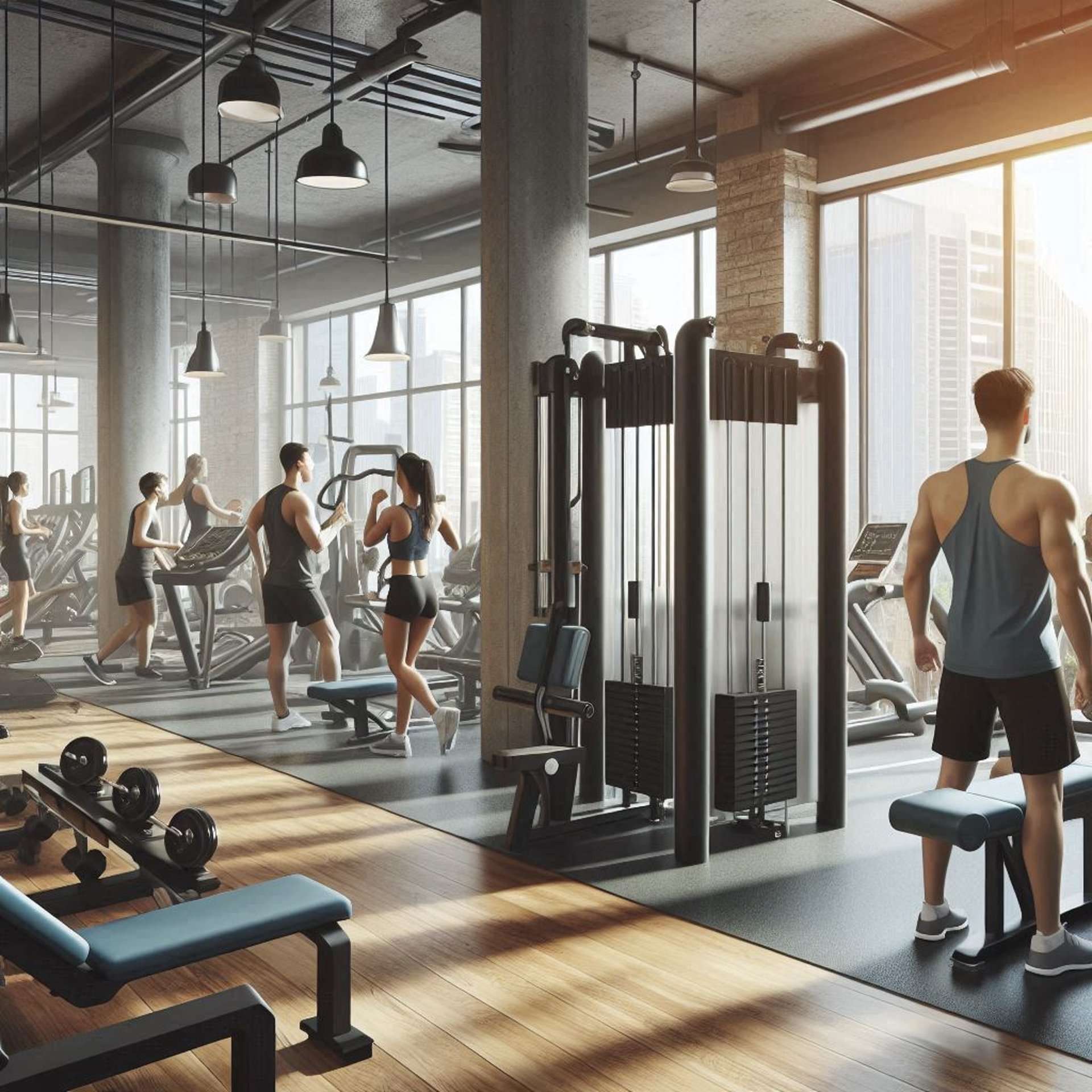
Quick and Efficient Workouts: How to Build Muscle with Little Gym Time
Discover how to maximize muscle growth with limited gym time in this practical guide. Learn efficient workout strategies such as compound exercises, supersets, and progressive overload, tailored for different body types and fitness goals. Whether you're aiming for muscle mass, toning, or endurance, this article provides tips for optimizing your routine and fueling your body with the right nutrition—all while fitting workouts into a busy schedule.


Quick and Efficient Workouts:
How to Build Muscle with Little Gym Time
In today's fast-paced world, many men and women are looking for ways to maximize their strength training and muscle gain with limited time at the gym. Whether you're balancing work, family, or other commitments, building muscle doesn't have to require hours of daily workouts. With the right approach, you can make significant progress even with a short, but focused gym routine. Here’s a practical guide on how to adapt your training for different body types and goals, all while fitting your workouts into a busy schedule.
1. Focus on Compound Exercises
Compound exercises engage multiple muscle groups at once, making them efficient for both strength and muscle gains. Some key compound exercises include:
- Squats: Great for working your quads, glutes, and hamstrings.
- Deadlifts: Targets your entire posterior chain, from lower back to hamstrings.
- Bench Press: Works your chest, shoulders, and triceps.
- Pull-ups: Effective for your back, shoulders, and arms.
By focusing on these exercises, you’ll maximize muscle stimulation in a shorter amount of time.
2. Prioritize Progressive Overload
Progressive overload is essential for muscle growth. This means gradually increasing the weight, reps, or intensity of your exercises over time. Even with limited gym sessions, you can still achieve significant gains by ensuring each workout challenges your muscles more than the last.
Tip: Track your weights and reps to ensure you're pushing your limits during each session.
3. Limit Rest Periods
To make the most of your time, keep rest periods between sets short. Aim for 30 to 60 seconds of rest, which helps maintain a higher heart rate and maximizes calorie burn. By reducing downtime, you’ll complete your workout faster without sacrificing intensity.
4. Use Supersets and Circuits
Supersets involve doing two exercises back-to-back without rest, while circuits combine three or more exercises in a row. These techniques allow you to target different muscle groups in less time, keeping your workout efficient and intense.
Example:
- Superset: Perform a set of bench presses followed immediately by a set of bent-over rows.
- Circuit: Combine squats, push-ups, and pull-ups in a continuous loop without resting.
5. Tailor Workouts for Different Body Types and Goals
People have different fitness goals—whether it's building mass, toning up, or increasing endurance. Here’s how you can adapt your workout based on your objective:
- For Muscle Mass: Focus on heavy weights with lower reps (6-8 reps per set) and longer rest periods (60-90 seconds). Progressive overload is key for hypertrophy.
- For Toning: Use lighter weights with higher reps (10-15 reps per set) and shorter rest periods. Incorporate more cardio elements into your routine for fat loss.
- For Endurance: Perform higher reps (15+ reps per set) with minimal rest (30 seconds). Adding more cardio-based circuits can help improve overall stamina.
6. Consistency Over Perfection
While a 60-minute workout may seem ideal, the reality is that consistency is far more important than duration. Even if you can only squeeze in a 20-minute session, doing it regularly will yield better results than sporadic, longer workouts.
Tip: Commit to short, frequent sessions throughout the week. A focused 20-30 minute workout, three to four times a week, can provide great results over time.
7. Don’t Forget Recovery
Recovery is just as important as the workout itself. Ensure you’re getting adequate sleep, staying hydrated, and eating the right nutrients to fuel muscle repair and growth. Consider incorporating stretching, foam rolling, or yoga to reduce muscle soreness and improve flexibility.
8. Nutrition for Muscle Gain
Maximizing muscle growth requires the right fuel. Ensure you’re eating enough protein, which is crucial for repairing and building muscle tissue. Some examples of protein-rich foods include:
- Chicken, turkey, or beef
- Eggs
- Fish, such as salmon or tuna
- Plant-based proteins like lentils, tofu, or quinoa
Incorporate healthy fats, complex carbohydrates, and plenty of vegetables to create a balanced diet that supports your fitness goals.
Conclusion
Building muscle with limited time at the gym is not only possible but can also be incredibly effective when you focus on the right exercises and strategies. By incorporating compound exercises, progressive overload, and efficient techniques like supersets, you can optimize your workout routine. Tailoring your exercises to your specific body type and fitness goals will further enhance results.
Remember, consistency and proper recovery are key to achieving long-term success, no matter how tight your schedule is.


